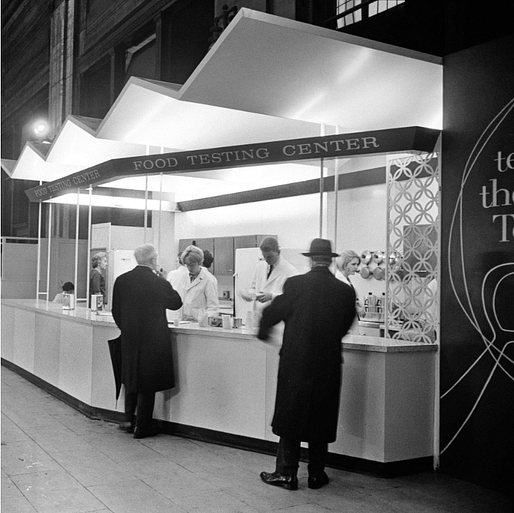

What they weren’t trivializing or coarsening with commerce, railroad executives were simply neglecting. Whether desperately or cynically, they seemed to understand that redevelopment of their money-losing, nine-acre station would be more palatable if the public could be made to forget the glories of Mr. McKim’s original design. Pink granite walls were allowed to turn gray. Straw-colored travertine looked nicotine-stained. Jules Guerin’s murals disappeared under veils of grime. — nytimes.com
The destruction of Old Penn Station in favor of its soulless, uninspiring replacement has garnered an ample share of outraged pixels—but what if the long-accepted narrative has a twist? Apparently, the inspiring sweep and elegance that is so often attributed to Penn Station had fallen victim to maintenance shortfalls and a corporate indifference (as well as the ghastly glare of modern technology, like Coke vending machines). Which makes us wonder: how frequently do we glamorize buildings or places that weren't actually all that? More importantly, as Rem Koolhaas explored in his 2011 exhibition "Cronocaos" at The New Museum, is our desire for preservation choking off genuine architectural innovation?

3 Comments
Is this the correct/original link?
Genuine architectural innovation, what would Rem know about that?
It's time for new york to get over this. It's gone and done. The tragedy isn't that a building was deemed obselete and replaced; it's just that the new building was a shit design done badly.
Try again. One of the best things about architecture is that it's dead, and totally replacable. Mistakes can be fixed. The public worries too much about foreseeing mistakes and not enough about fixing them.
That 1950's canopy is nice. We'd be fighting to restore it now if the building wasn't sacked.
Block this user
Are you sure you want to block this user and hide all related comments throughout the site?
Archinect
This is your first comment on Archinect. Your comment will be visible once approved.